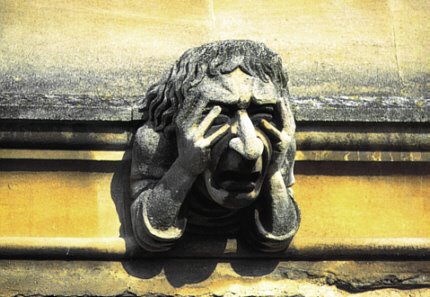Love and Death in the Renaissance
 Northern Renaissance Seminar
Northern Renaissance SeminarUniversity of Leeds, 15 May 2010
Keynote Speaker: Elaine Hobby
Loughborough University
We would like to invite proposals for 20 minute papers on the topic of ‘Love and Death’.
Long before Freud and the contest between Eros and Thanatos there was, of course, the story of
Romeo and Juliet and all its analogues. There was the commonplace that passion could kill, or that,
as Shakespeare once put it, ‘desire is death’, and there was another that said that death was to be
desired. ‘After so foul a journey,’ George Herbert wrote about life and its passions, ‘death is fair’.
Death was the ultimate beloved. In this seminar we would like to consider the peculiar pairings of
love and death that so often animate the Renaissance mind. Medical opinion, theology, historical
memoirs, and drama are among the many kinds of discourse where love and death are thought to
come into contact with one another as a matter of necessity. How did this happen? What was the
origin of the mating of love and death? What was its purpose? What were its consequences? We
are as eager to hear about how love and death operate together in a single short poem as we are to
hear about the impact of Augustinianism on Renaissance philosophy, pictorial representations of
Cupid and Psyche, or about the politics of love (and death) in the Renaissance court. So, for the love
of it, please send us your proposal, by email, to the following:
Niamh Cooney and Jana Pridalova, University of Leeds ennc@leeds.ac.uk
Jessica Dyson, Lancaster University j.dyson1@lancaster.ac.uk
Deadline: 15 January 2010


0 Comments:
Post a Comment
<< Home